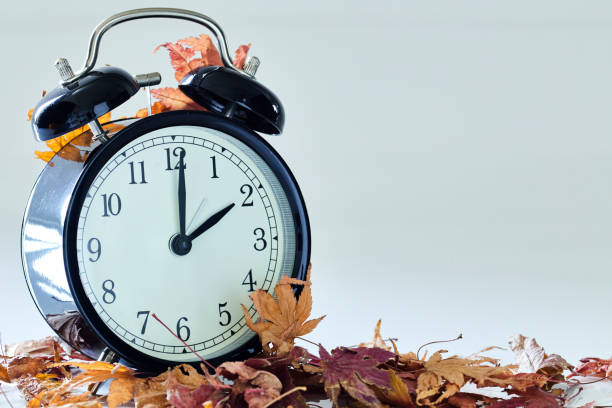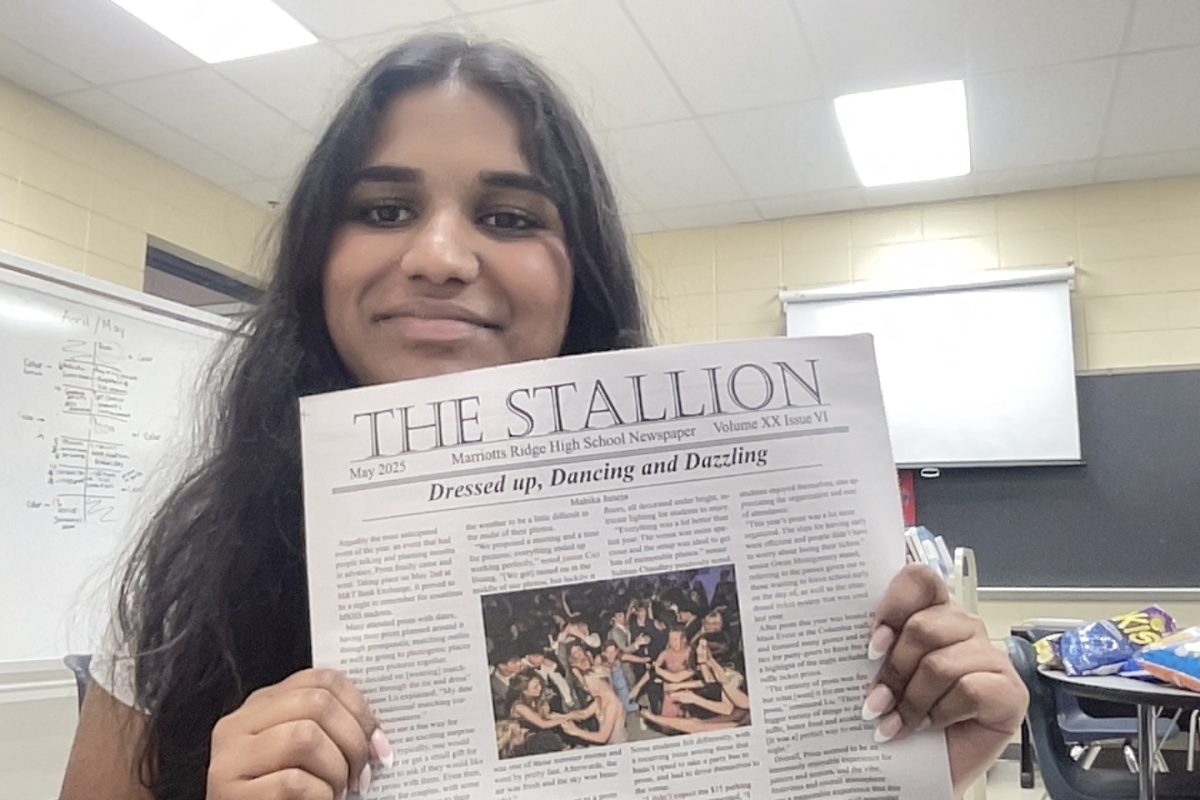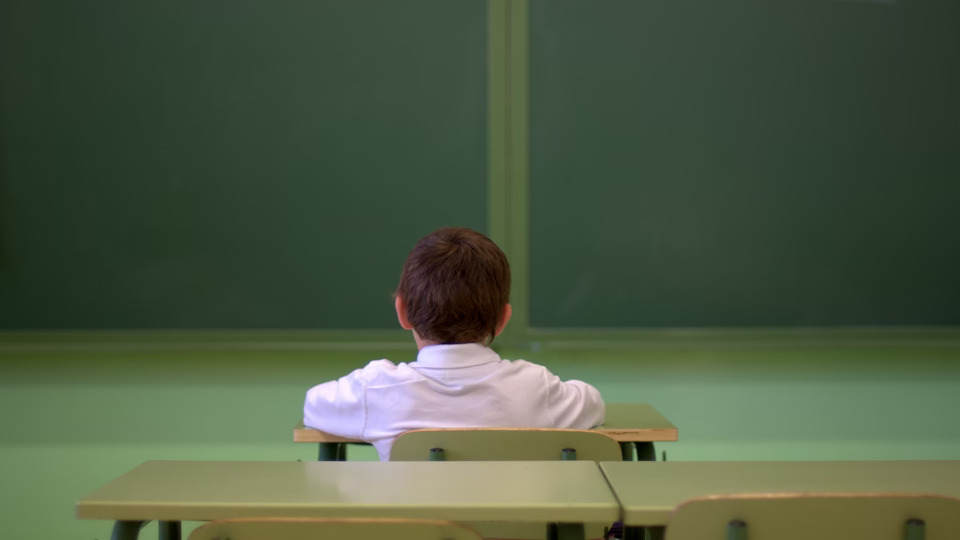The fall version of Daylight Savings Time is approaching once again. Daylight Savings has been a staple of American Culture for the last fifty years ever since it was permanently enacted by President Nixon in 1974 after it was first introduced in 1918 for World War I in order to converse energy to be used on war efforts instead.
Having to wake up early, high school students find themselves most impacted by the effects of Daylight Savings. Year to year, a debate rises especially with high schoolers whether the tradition of Daylight Savings is worth continuing.
With early start times, many students feel that Daylight Savings Time is more of a hindrance to them. Throwing off one’s usual sleep patterns interferes with how tired they feel, resulting in a negative perception of the switch as a whole.
“[Daylight Savings Time] makes you tired, get extra sleep, or get no sleep… Then it messes up with your internal circadian rhythm,” senior Sherwin Yarema shared.
Establishing Daylight Savings Time in the United States required the introduction of a “daylight version” of each time zone. Instead of there being four common time zones, Pacific Time (PT), Mountain Time (MT), Central Time (CT) and Eastern Time (ET), there are now eight depending on the time of year. From the beginning of March to the beginning of November, each time zone is in its “daylight version”, PDT, MDT, CDT, and EDT respectively. For the rest of the year from November to March again, each time zone is on its standard version, PST, MST, CST, and EST. The constant changing of clocks can prove puzzling to those attempting to make plans or schedule meetings with friends or business parternets that live in different countries as Daylight Savings Time is not standardized across the globe. For example, from March to November, the time difference between the East Coast of the United States and China is twelve hours, but from November to March, the difference becomes thirteen hours. Disregarding international times, Daylight Savings Time can still be confusing for people when scheduling events near the time of the clocks changing.
“It’s easier to not have to worry about clocks going forward, [then] clocks going backwards. [It’s easier to] keep it all the same,” science teacher and football coach Mr. Lowe expressed.
Although some people believe that the negative effects of Daylight Savings Time outweigh the possible benefits associated with Daylight Savings, there are those that are willing to argue for the tradition. Shifting the time artificially rather than keeping the natural cycle of daylight has some unforeseen byproducts on seasonal activities. An example comes in the form of job hours at outdoor locations. Senior Jack VanTine, an employee at a golf course, enjoys the change in time as it lowers the amount of hours he needs to work a day.
“I like daylight savings time because at Turf Valley, where I work, the shifts get shorter because the day gets shorter,” VanTine divulged.
Since being formally introduced in 1974, Daylight Savings Time has been a staple for most of America, being ingrained into most people’s schedule and mind. Even though the time changes twice a year, the tradition itself is constant and can act as a marker of the changing seasons and something to look forward to.
“I’m against getting rid of Daylight Savings because we’ve been doing it for so long, that it would be really hard to adjust,” vocalized junior Ariana Calin.
Even with the ongoing debate of whether or not to get rid of Daylight Savings, most people agree on one thing: the fall Daylight Savings is much preferred to the spring Daylight Savings. Although every individual has their own perspective on Daylight Savings Time, influenced by their own experiences, almost everyone can come together on their shared hatred of losing an hour of sleep.
Categories:
Falling Back: Daylight Savings Debate Rearises
Image of autumn Time Change, Fall back concept, Dry leaves and vintage alarm Black Clock on wooden table outdoors at afternoon,for text
More to Discover
About the Contributor

Sean Zissu, Managing Editor
My name is Sean Zissu. I am a senior and this is my second year in journalism. In school, I take interest in all parts of STEM. Out of school, I enjoy listening to music, playing piano, and hanging out with my friends. I’m excited to be part of the newspaper again.








